
Exploring Floral Designs

Floral design, the art of arranging flowers, has evolved into a sophisticated practice that blends creativity, colour, and style.
Each type of floral arrangement has its own distinctive characteristics, often influenced by culture, occasion, and aesthetic preferences.
From the classic bouquet to intricate contemporary designs, understanding the different types of floral arrangements allows you to appreciate the versatility and beauty of this timeless art form. Let's explore some of the most popular types of floral design, their unique qualities, and when to use them.
1. Traditional or Classic Floral Design
The traditional or classic floral design is perhaps the most recognizable style, characterized by its symmetrical shape and balanced appearance. This type of arrangement typically uses a mix of flowers such as roses, lilies, and carnations, often accompanied by greenery like ferns or eucalyptus.
Related
 A white sailboat glides across the sea, symbolizing freedom, adventure, and the quest for inner peace.
A white sailboat glides across the sea, symbolizing freedom, adventure, and the quest for inner peace.
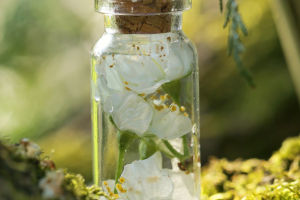 Unlock the magic of essential oils—explore their benefits, diverse uses, and essential tips for vibrant wellness!
Unlock the magic of essential oils—explore their benefits, diverse uses, and essential tips for vibrant wellness!
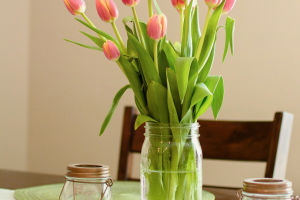 Transform Your Home with These Stunning Flower Arranging Secrets!
Transform Your Home with These Stunning Flower Arranging Secrets!
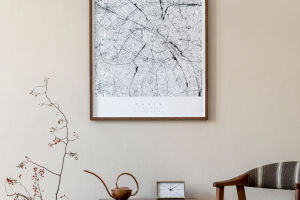 Furniture Selection Guide: How to Choose the Right Furniture for Your Home
Furniture Selection Guide: How to Choose the Right Furniture for Your Home
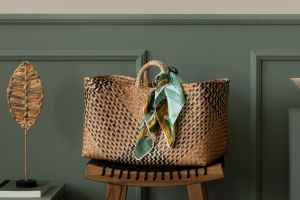 These cozy living room ideas will make this beloved room feel more inviting.
These cozy living room ideas will make this beloved room feel more inviting.
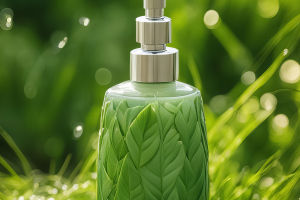 Benefits of Organic Body Wash: Why You Should Switch to Natural?
Benefits of Organic Body Wash: Why You Should Switch to Natural?
Traditional floral designs often adhere to the triangle or circular shape, focusing on symmetry and proportion. This type of arrangement is ideal for formal occasions such as weddings, anniversaries, and holidays, where elegance and sophistication are key.
Key Elements:
- Symmetry and balance
- Use of greenery
- Formal, elegant style
- Popular flowers: roses, lilies, and carnations
2. Modern or Contemporary Floral Design
In contrast to the classic style, modern or contemporary floral designs break away from symmetry and balance. These arrangements are often asymmetrical, bold, and minimalistic. They tend to focus more on the texture, colour contrast, and shape of the flowers rather than following traditional structures.
Contemporary designs often use unusual containers or vases and may feature exotic flowers like orchids or succulents. The emphasis on negative space, unconventional materials, and bold statements make this style perfect for avant-garde events or as a unique centrepiece in a modern home.
Key Elements:
- Asymmetry and bold lines
- Minimalistic use of flowers
- Unusual flower choices and containers
- Focus on texture and colour contrast
3. Hand-Tied Bouquet
A hand-tied bouquet is a popular type of floral design that is informal and suitable for many occasions. This style involves flowers and greenery being gathered and tied together, often with twine or ribbon, to create a natural, effortless look. The hand-tied bouquet is typically round in shape, with stems left exposed for a rustic feel.
Hand-tied bouquets are versatile and can range from small, simple bunches to large, luxurious bouquets. They are commonly used for gifts, weddings, or as home decorations, due to their organic and casual appearance.
Key Elements:
- Natural, rustic appearance
- Flowers are tied together
- Exposed stems
- Versatile and easy to create
4. Cascading or Waterfall Design
The cascading or waterfall design is a dramatic floral arrangement where the flowers and greenery flow downward, mimicking the appearance of a waterfall. This style is often used in bridal bouquets and large floral displays due to its striking, flowing form.
The arrangement typically starts with a cluster of flowers at the top and gradually descends with trailing elements like ivy or orchids. The cascading design adds a sense of movement and luxury, making it an excellent choice for weddings and formal events.
Key Elements:
- Flowing, downward design
- Often used in bridal bouquets
- Luxurious and dramatic
- Trailing greenery or flowers
5. Ikebana (Japanese Floral Design)
Ikebana is the traditional Japanese art of flower arrangement, known for its simplicity, balance, and attention to detail. Unlike Western floral designs that focus on mass and volume, Ikebana emphasizes line, harmony, and the relationship between the flowers, the container, and the surrounding space.
Ikebana arrangements often feature minimal flowers, focusing instead on the careful placement of stems, leaves, and flowers to create a sense of balance and elegance. This type of design is often seen as meditative and reflective, with each element chosen for its meaning and contribution to the overall composition.
Key Elements:
- Minimalist design
- Emphasis on line and space
- Focus on harmony and simplicity
- Often symbolic and reflective

6. Hogarth or S-Curve Design
Inspired by the "S-curve" popularized by artist William Hogarth, the Hogarth design is an elegant, flowing floral arrangement that features a curved, serpentine shape. This type of design creates a sense of movement and grace, with flowers and foliage following the S-shape.
The Hogarth design is often used in large-scale displays and is a favourite among floral designers who want to create a sense of elegance and dynamism in their arrangements. It requires skill to achieve the perfect balance between form and space, making it a challenging but rewarding style to master.
Key Elements:
- S-shaped curve
- Focus on movement and grace
- Elegant and formal
- Often used in large arrangements
7. Minimalist or Single Flower Design
The minimalist or single-flower design is as simple as it sounds: one type of flower is used in the arrangement, often in a clear vase, allowing the beauty of the individual bloom to take centre stage. This design emphasizes quality over quantity, with the single flower or a small group of identical flowers making a bold yet understated statement.
Minimalist designs are perfect for modern spaces or as a sophisticated touch to any room. Popular choices include large blooms like peonies, sunflowers, or even a single rose.
Key Elements:
- Focus on one type of flower
- Simple, clean lines
- Understated elegance
- Perfect for modern spaces
Floral design is a rich and diverse art form, offering a range of styles to suit different tastes and occasions. Whether you prefer the balance and symmetry of traditional designs, the boldness of contemporary arrangements, or the meditative simplicity of Ikebana, there’s a floral design for every mood and moment. By understanding the different types of floral arrangements, you can appreciate the artistry behind each style and choose the perfect design to enhance any space or event.